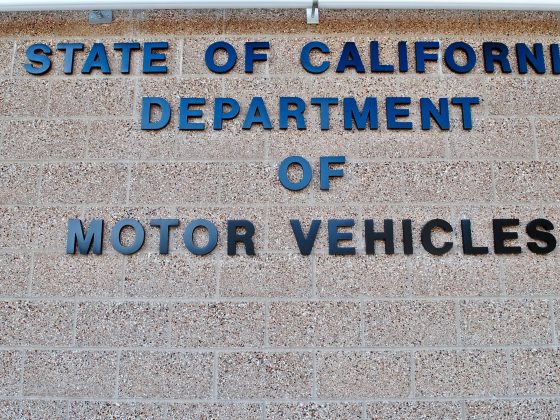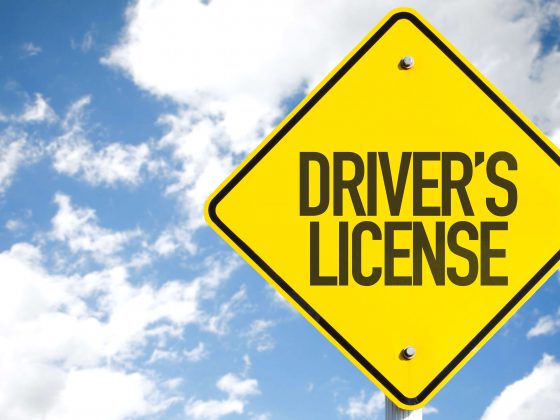A car title transfer is an obligation everyone has to fulfill after buying a new or used vehicle. It’s not usually an easy task but you don’t want to discard it regardless of where you are located in the US.
Use eTags© to Quickly Complete Your DMV Service. Renewals, Title Transfers and More, All Online!
Long waiting lines and mandatory forms are the ingredients to a tedious scenario, especially when you are not familiarized with this procedure.
Either you live in California or somewhere else in the US, abide to the DMV norms to avoid any future complications.
Assume that you bought a car from a private party (a friend of yours or someone you met online) in California. You are excited about driving this vehicle since it ticks all the boxes on your checklist.
Everything appears to be great and the car has passed all the required inspections. You proceed to make the payment and you take it home.
Is that it? Well, not really. You’ll need to transfer the title of the vehicle into your name.
How do you complete a title transfer in California?
At this point, you contact your local CA DMV for more information about title transfers in your state, but for some reason you find this procedure a bit confusing.
The fact is there’s so much information online that don’t usually answer your questions but adds more fuel to your confusion.
First, note that the CA DMV requires you to transfer the vehicle title into your name within 10 days of the purchase date, which is enough time for you to take action.
You’ll find people out there who wait months or even years to realize that they didn’t title their vehicle, making it harder for them to complete the title transfer.
Either way, Californians could always complete this procedure the right way with eTags.
Go to your local CA DMV (book an appointment. You’ll be glad to follow this advice once you get there) and submit:
- A completed Certificate of Title with the Seller section filled and signed.
- The odometer mileage added on the title. This applies to vehicles that are under 10 years old.
- Proof of smog certification (the seller should give it to the buyer to complete the transfer).
- Payment for the vehicle title transfer fee that accounts for $15 and use tax fees
It looks easy, right? But every case is different and you should take that into consideration prior to heading to your local DMV.
How to handle a car title transfer if there was a lien on it?

When a seller hands you the completed and signed title of the vehicle, they also need to specify of any lien releases in the appropriate sections which is mandatory.
As a matter of fact, by submitting a completed Lien Satisfied/Legal Owner/Title Holder Release (Form REG 166) to the CA DMV, the seller notifies any lien releases if applicable.
What if the California car title is lost?
Don’t worry about any losses as many buyers meet sellers who cannot find their car title on time, which causes delays that no one wants to cope with.
The seller still has the chance to fill out an Application for Duplicate or Transfer of Title (Form REG 227), which must be signed by you and the person who plans on selling you the car.
How to transfer a car title in California if the person listed on the title is not the person selling the car?
This is also another common scenario where sellers do not title the title prior to selling it to another person. In this case, you’ll need to gather an additional form.
Since the seller cannot prove ownership through a certificate of title, they need to gather all bills of sales to prove the changes in ownership leading up to you.
At the end of the day, it is a safe way to protect you and previous owners from future charges and other liabilities.
Is there any additional DMV title transfer requirement?

When it comes to CA title transfers, every case differ from one person to the next. As long as you are familiar with them, you’ll be fine.
Many times there’s not enough space to record the mileage of the vehicle you are planning to purchase. In that case, you’ll need to fill out and sign a Vehicle/Vessel Transfer and Reassignment Form (Form REG 262).
You could also be exempt from giving proof of smog certification whether you recently bought a car that is 4 model years or fewer and not diesel-powered. Yet, you must pay an $8 smog transfer fee instead.
How do you pay the CA DMV title transfer fee?
As you need to pay the $15 vehicle title fee to finalize this procedure, the DMV accepts the following payment methods:
- Cash
- Debit/credit cards
- Cashier’s checks
- Money orders
What’s the fastest way of completing a California title transfer?
Note that you are always advised to book an appointment to avoid long waiting lines but you are still subjected to other hassles including; insufficient documentation and appointment delays.
For that reason, eTags offers an online platform for customers to complete their California title transfer without having to visit the CA DMV in person.
Click here to complete your California car title transfer with us. It’s easy, fast, and hassle-free.
SEE ALSO: How Many Americans Are Interested In Buying An Electric Car?









